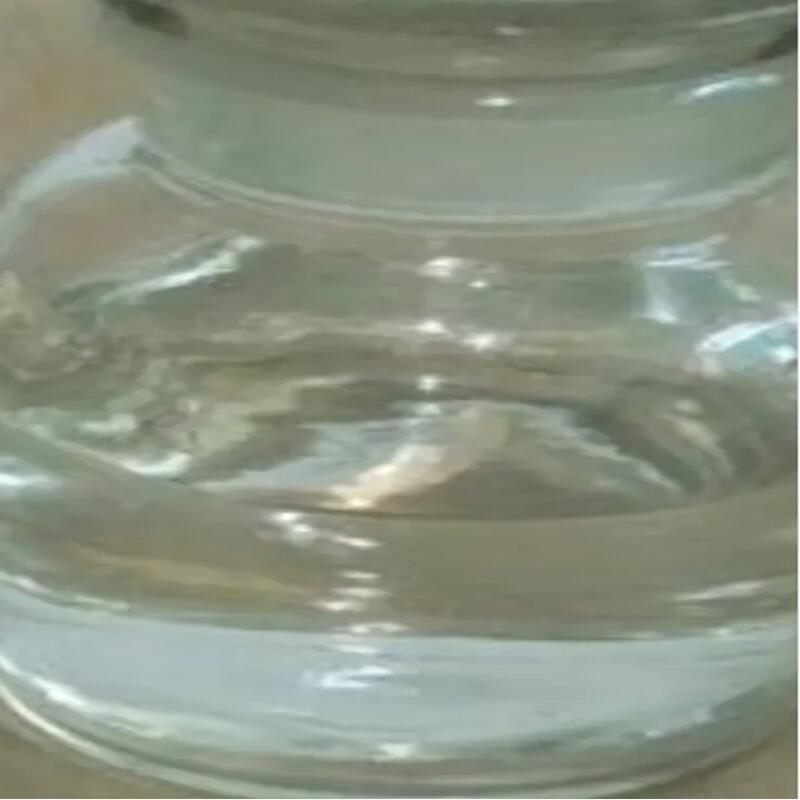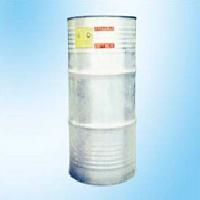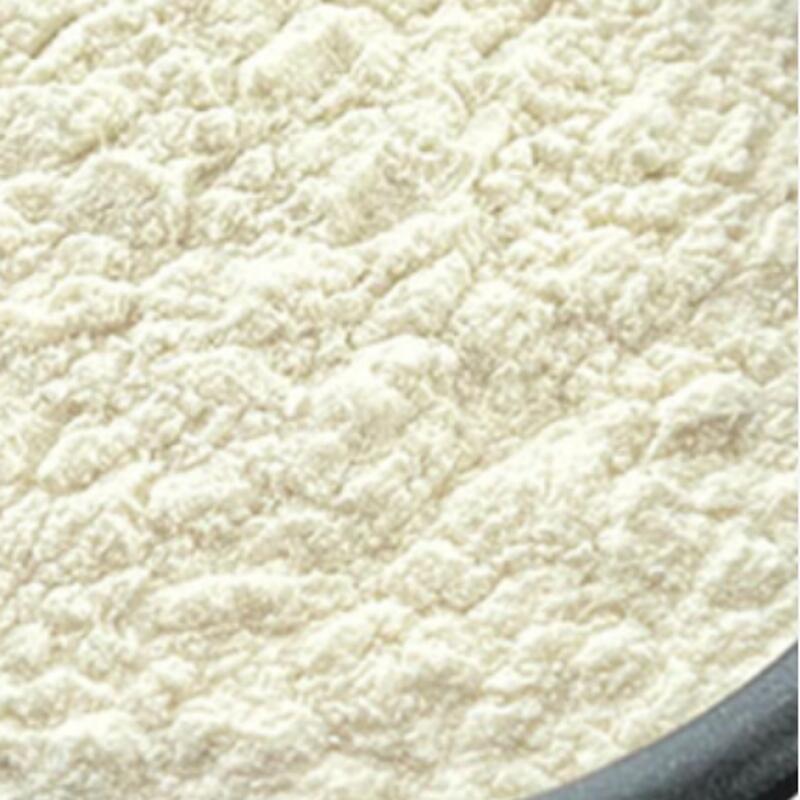-
Categories
-
Pharmaceutical Intermediates
-
Active Pharmaceutical Ingredients
-
Food Additives
- Industrial Coatings
- Agrochemicals
- Dyes and Pigments
- Surfactant
- Flavors and Fragrances
- Chemical Reagents
- Catalyst and Auxiliary
- Natural Products
- Inorganic Chemistry
-
Organic Chemistry
-
Biochemical Engineering
- Analytical Chemistry
-
Cosmetic Ingredient
- Water Treatment Chemical
-
Pharmaceutical Intermediates
Promotion
ECHEMI Mall
Wholesale
Weekly Price
Exhibition
News
-
Trade Service
Bis(2-ethylhexyl) phosphate (D2EHP) is a widely used catalyst in the chemical industry.
It is a white, granular solid that is soluble in organic solvents such as hexane and toluene.
D2EHP is commonly used in the production of polyethylene terephthalate (PET), a synthetic polymer used in the manufacture of plastic bottles and other packaging materials.
The production of PET involves a reaction between terephthalic acid and ethylene glycol.
D2EHP is used as a catalyst in this reaction, helping to promote the formation of the desired polymer.
The catalytic properties of D2EHP make it an essential component in the production of PET, and it is used in large quantities in the chemical industry.
The use of D2EHP in the production of PET has several advantages.
Firstly, it is a highly effective catalyst, promoting the formation of a high-quality polymer.
Secondly, it is relatively inexpensive, making it an attractive option for manufacturers.
Thirdly, it is readily biodegradable, making it an environmentally friendly option for the production of PET.
D2EHP is also used in other applications in the chemical industry, such as in the production of detergents, surfactants, and other synthetic polymers.
It is also used as a solvent for various organic compounds and as a coupling agent in the production of polyurethanes.
The production of D2EHP involves several steps, including the synthesis of the phosphate group and the reaction of the phosphate group with bis(2-ethylhexyl) oxide.
The synthesis of the phosphate group involves the reaction of a phosphorus oxide, such as triethyl phosphite, with a metal oxide, such as aluminum oxide.
The phosphate group is then reacted with bis(2-ethylhexyl) oxide, which is derived from 2-ethylhexanol, to produce D2EHP.
The production of D2EHP is carried out in several stages, including the preparation of the reactants, the reaction mixture, and the reaction itself.
The reaction mixture is typically heated to a high temperature, such as 150-200°C, to promote the reaction.
The reaction is then allowed to proceed for several hours, after which time the resulting product is separated from the reaction mixture and purified.
The purified product is then dried and ground to a fine powder, which is then used as a catalyst in various chemical reactions.
The purity of the product is critical, as impurities can negatively affect the performance of the catalyst.
Therefore, the production of D2EHP requires careful attention to detail and the use of high-quality raw materials.
D2EHP is a widely used and important catalyst in the chemical industry.
Its use in the production of PET and other synthetic polymers has revolutionized the plastics industry, making it possible to produce high-quality, cost-effective plastic products in large quantities.
The production of D2EHP involves several stages, including the synthesis of the phosphate group and the reaction of the phosphate group with bis(2-ethylhexyl) oxide.
The purity of the product is critical, and the production of D2EHP requires careful attention to detail and the use of high-quality raw materials.







